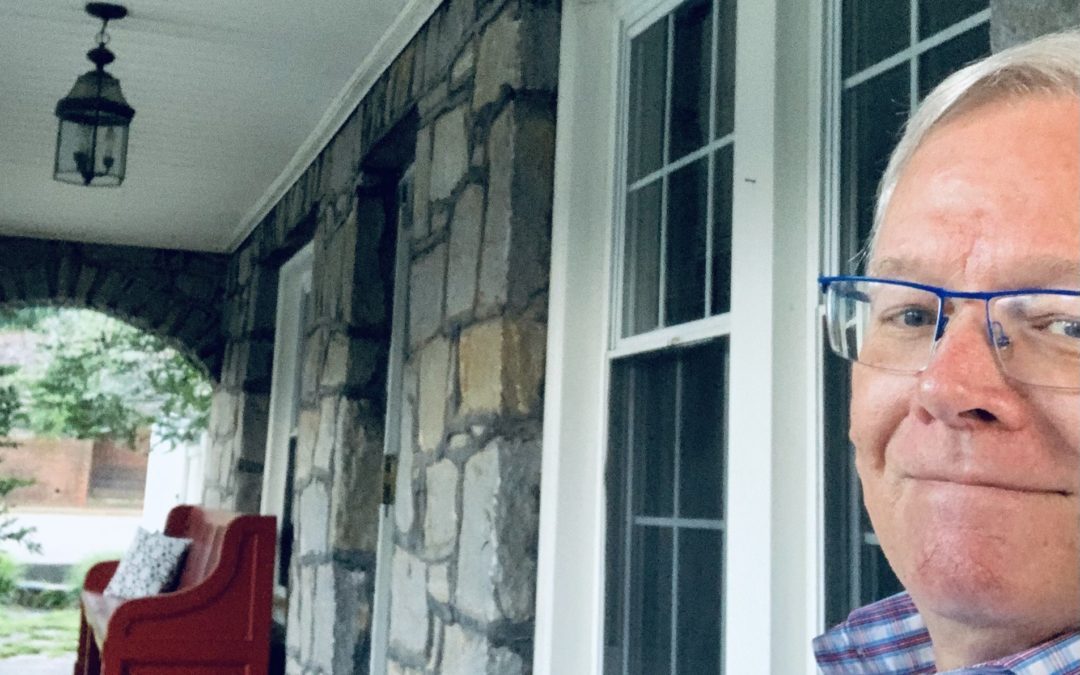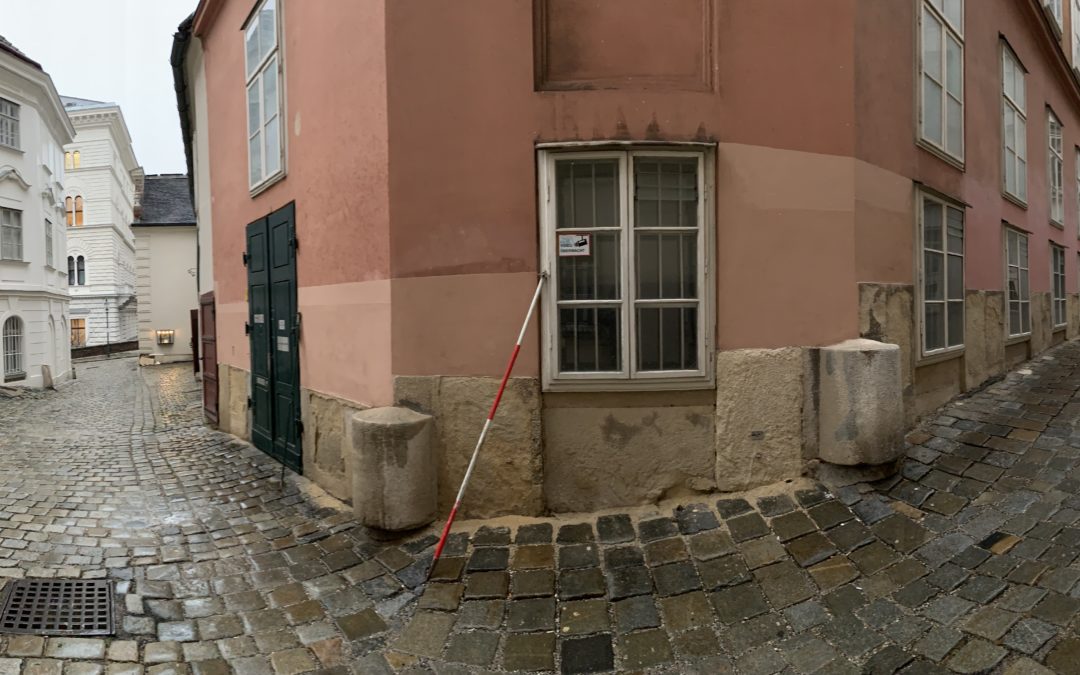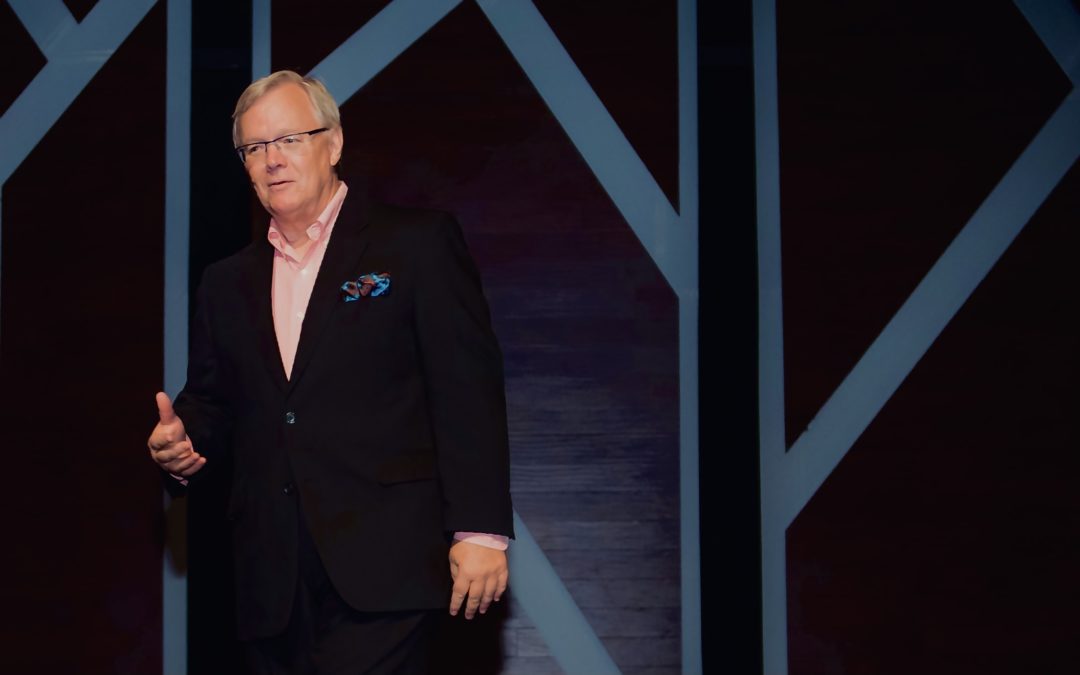


Getting the Best from Your Teams in a Hybrid Office Era
Whether you are a small business person or a corporate executive, getting the best work out of your people is one of the most challenging aspects of leadership. It takes more than attractive compensation packages and inspirational pep talks. It takes creating a culture of trust that unites people together around a common desire to give their best. Here are five steps any leader can take to build a relationship of trust with their team.
Add to the mix the shift from in the office to a hybrid structure where they are working from home some days, at the office other days, and whether this arrangement will remain or continue to change.

The Moment
It was never my intention to become an expert on change. Yet at each transition point in my life, I discovered something about myself that made the experience of change beneficial. Even in situations of change that followed failure or loss, I found that change was like living in a large house. It comes to us when we cross a threshold to enter a new room. The house is our whole life. Each room represents a part of the life that we have lived. All the rooms are our rooms, even when they seem different from one another.
…
I know many of you have experienced similar difficult changes in life. You look back with regret, sorrow, and feelings of guilt. You may feel that life dealt you an unwinnable hand. Anger and bitterness have become a constant presence because the life you desired has not happened. The old saying that misery loves company we find not to be true.

A Dream of Impact
“Today, at this point in your life, what do you want to change? What is that one thing that has a hold on you, that won’t let go, because it’s calling you to do something about it? What’s stopping you from doing something about it today?

Seeing Below The Surface of Things
None of us see below the surface of things. We fool ourselves into believing that we understand what is going on, when we only see the shiny surface of things. As Paul Simon wrote in his great 1960s pop hit, The Boxer, “People believe what they want to believe, and disregard this rest.” If seeing is believing, then we only believe in the appearance of what we see, not the substance of it.
The structure of the modern organization is collapsing. It is crumbling from within. The structure is no longer adequate for the fast-paced world of change that we live in. In many respects, its persistence is an act of denying reality.
Professor Joseph Tainter describes collapse as “a rapid simplification of an overly complex system.” It happens because societies become good at solving problems. As a result, greater complexity occurs. What does this complexity look like?

